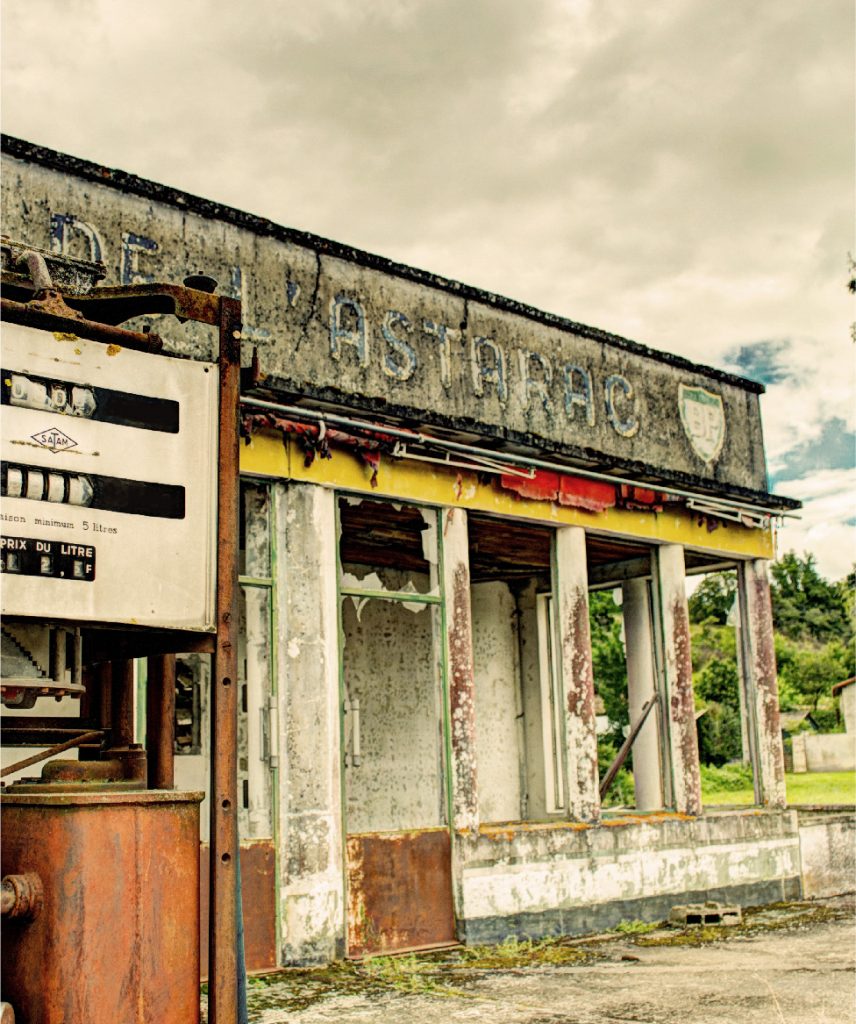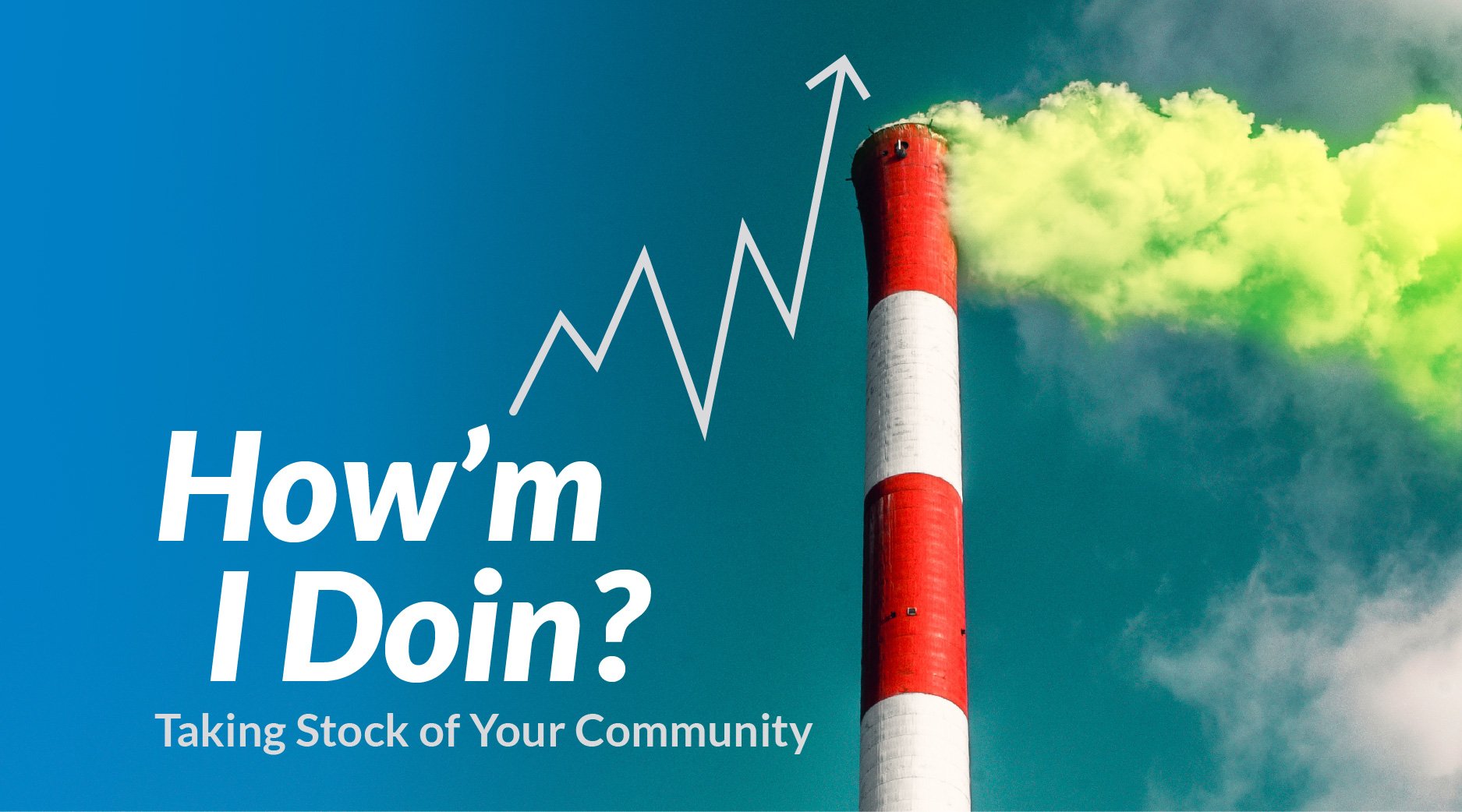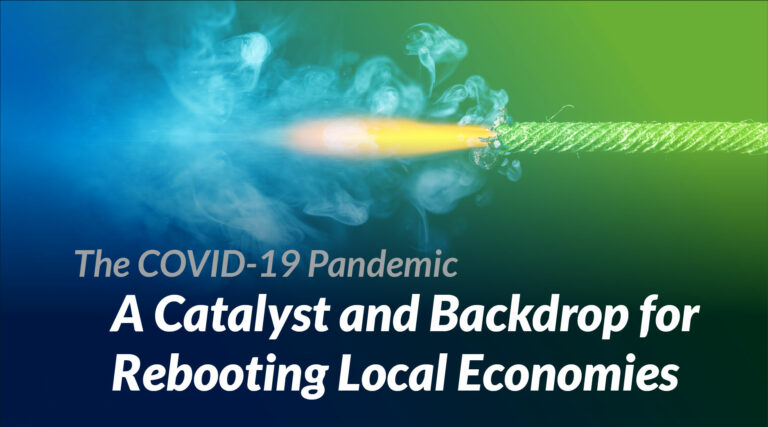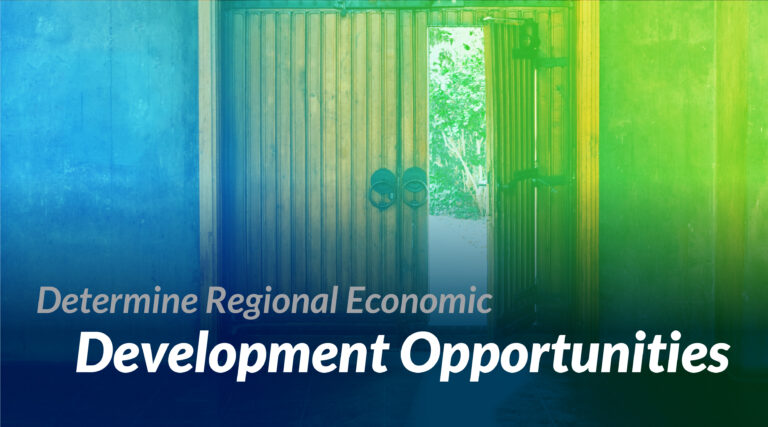On-going assessment of where a community stands – economically and otherwise, is a good community and economic development and governmental practice. Complacency can be costly, so it’s important to anticipate and plan for your community’s future.
You may recognize these quotes from different eras:


The first, from Phillip Franklin, Vice President of the White Star Line, proved to be a tragic example of hubris when the Titanic sank on its maiden voyage in 1911. The second, from former New York Mayor Ed Koch, became a catchphrase for his colorful administration three decades ago. Phillip Franklin viewed the world through rose-colored glasses (or maybe blinders!) while Mayor Koch constantly sought feedback on how he and his beloved Big Apple were faring.
 So how is your community “doin?” Consider these two examples of what can happen almost overnight to prosperous communities:
So how is your community “doin?” Consider these two examples of what can happen almost overnight to prosperous communities:
- Bruceton, Tennessee was a bustling town in the 1980s when the Henry I. Siegel (H.I.S.) company made jeans and suits there in three large plants employing 1,700 people. By 2000 all employees had been laid off leaving a self-described ghost town.
- San Bernardino, California filed for bankruptcy in 2012 after a series of economic shocks including the closure of Norton Air Force Base, a $1.9 billion hit to the city’s annual economy.¹
Some communities decline slowly over time. In 1964 Akron, Ohio boasted an employment level of over 37,000 in the rubber industry (tires and related products). The introduction of steel radials and other changes in the industry lead to mergers and consolidations and employment in that sector dropped to 15,400 by 1984.
While some residents of Bruceton, San Bernardino and Akron surely saw dark clouds on the horizon, it’s a safe bet that others maintained an “if it ain’t broke, don’t fix it” mindset. Inertia is a powerful force. A strong local economy forming the backbone of a prosperous community can easily be taken for granted. Studies have shown that industry life cycles historically ranged from 28 to 45 years, but with today’s accelerating pace of technological change, they are getting shorter. The life cycles of individual products within an industry can be much shorter – a few years or even months. One recent article identified 50 products that have been replaced in whole or part by the smartphone, including cameras, radios, calculators and GPS devices.2 While revolutions or evolutions in industries, products and services can provide overall benefits for consumers, they can spell big trouble for communities where those products or services are produced.

My purpose here is certainly not to incite fear and apprehension, but simply to say that communities, even ones with fast-growing economies, should adopt the “How’m I Doin” approach as opposed to the “this ship will never sink” approach. A cornerstone of good community and economic development practice is community self-assessment. Some communities perform a “SWOT” analysis (Strengths, Weaknesses, Opportunities, Threats) when undertaking strategic planning for community and economic development. These efforts at any point in time are certainly best practices for community and economic development, but community self-assessment should really be an on-going task. While communities often rely on consultants, universities and others to assess and plan, there is much communities can do themselves on an on-going basis to anticipate and plan for economic storm clouds such as the following:
- Identify and understand the industries that make up the local economy. Employment and output data from any number of public sources (such as the Census Bureau’s County Business Patterns) or private sources is readily available online with a few keystrokes. What have been the trends in employment and income for your community? How has the composition of employment and occupation by industry changed? Are the industries supporting the community declining or growing nationally and internationally?
- Know your companies. Individual firms can be healthy or ailing while an industry is declining or growing overall. Again, there is much data readily available online on individual companies (such as D&B Hoover’s). Smart communities engage in business retention and expansion activities such as periodically visiting employers to see how they are doing and if there is anything the city or county can do to help them maintain or increase local employment. Some communities send representatives to visit parent companies of local firms to show support and gather any intelligence they can on the status and plans for local facilities.
- Be aware of general economic and industry trends outside your city limits. Seek out and learn from economic studies published in your state or region by universities, governments, and private organizations. Local business leaders familiar with economic conditions and trends in your area and beyond can be a great source of information. Get them on advisory and director boards.
Many, if not most, citizens are proud to one degree or another of their community, but as Phillip Franklin came to understand, viewing the world through rose-colored glasses can be costly indeed. Let’s work to replace the phrase “if it ain’t broke, don’t fix it” with “if it ain’t broke, it’s going to be, so you better start figuring out how to fix it now.” Perhaps on-going community assessment is what Mr. Spock from Star Trek had in mind with his famous catchphrase “live long and prosper.”

- What grade do you give your community for self-assessment, SWOT analysis, and related activities? How does your community do this? Who does it?
- Are you aware of communities that practice this particularly well? How do they do it?
- What are your ideas and suggestions on how community assessment can best be done?
We look forward to your input. Have some thoughts to the questions and content above? Feel free to post them in the comments below.
Sources:
Titanic Image Source
Source #1: The San Bernardino Press-Enterprise, July 14, 2012.
Source #2
GIF Image Source
![2021 Prosperous Places Logo [TM]](https://www.prosperousplaces.org/wp-content/uploads/2021/02/20210205_JI_PPTM-Logo.png)







